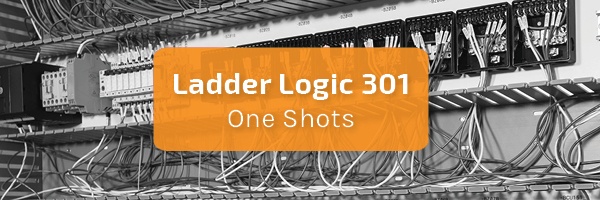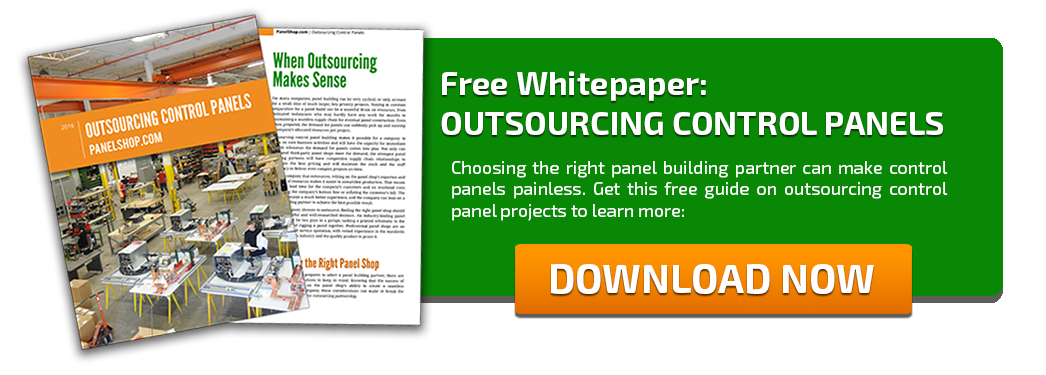Ladder Logic 301: One Shots
Through this series on ladder logic, you have been given an introduction to the basics of ladder logic 101 and you have seen some of the upper level conceptual ideas behind the use of ladder logic in PLC systems. To end the series for now, it is necessary to add one more concept to the list, and that is the use of one shots to control signal durations.
What is a One Shot?
A one shot is an invaluable programming tool used to make something happen for a single scan. Most manufacturers have one-shots that react to the rising edge of signals and others that react to falling edges, but due to the world of logic within a PLC, any type of one-shot can be used to the same end. At first glance it might be difficult to figure out why such an instruction is needed, but an example or two will help with the understanding of this instruction and its use.
What Are One Shots Used For?
One of the most classic textbook uses of a one shot is to clarify input data. When a signal is applied to a contact on a rung with a one shot, no matter how long the signal stays on, a pulse of one scan length is generated after the shot. For instance, placing a one shot directly after a pushbutton will force the PLC to take the same action whether the button is pressed once or held down.
This effect can be seen prominently in accumulator rungs, which are essentially just a signal triggered adder function, but without a one shot between the signal and the adder, you’re in for some very unpredictable behavior. Every button press will send a signal to the adder for each scan that passes while the button is depressed, and since PLCs scan quite fast, a single button press could result in a wide variety of “count me” signals being sent to the adder. With a one shot in place, every button press (no matter how long its duration) is forced to last only one scan, and thus will only send one signal to the adder.
Ladder Logic 301
Although a rather simple concept, one shots are very useful in a lot of applications and are even required for some (such as the accumulator) to function right at all. For this reason, a beginner’s course in PLC ladder logic would not be complete without an introduction to this concept. With that said, this series is brought to completion.
Remember that our PLC technicians here at PanelShop.com are experts in their fields, and their knowledge of PLC systems and ladder logic goes far beyond the scope of these articles. If you have any questions about ladder, don’t hesitate to contact PanelShop.com today!






